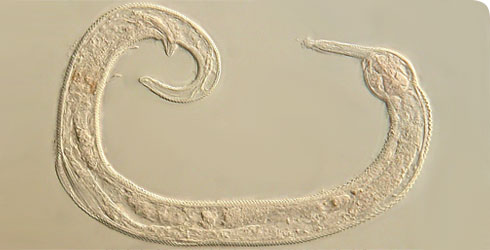Manunema kithara (nematode worm)
Nematode worms are the most abundant multicellular animals on Earth, in fact it has been estimated that 4 out of every 5 animals are nematodes.
They are extremely diverse and can be:
- marine
- aquatic
- terrestrial
- parasitic
Over 25,000 species of nematodes have been described, but there are likely to be millions of species.
Species detail
Manunema kithara was discovered in 2004, during a series of surveys of the marine nematodes of Kuwait.
It is a marine, free-living nematode worm in the family Peresianiidae.
Approximately 900 species of nematodes were found during the surveys that took place from 2002-2004. The majority, like M. kithara, were new to science.
Another, Manunema kuwaitiensis, was discovered in the same area, bringing the total number of Manunema species known worldwide to 5.
-

Taxonomy
Learn about the shape and size of Manunema kithara, find out what distinguishes this species from others and discover the origins of its name.
-

Biology and behaviour
Get information about the size, life cycle, life expectancy and behaviour of nematode worms such as Manunema kithara.
-

Distribution and habitat
Find out where this recently discovered species is likely to be found and what is known about its abundance and feeding habits.
Images
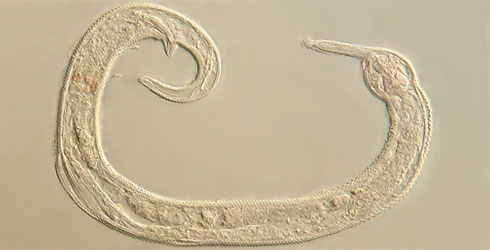
Manunema kithara was discovered in Kuwait Bay in the northern Arabian Gulf in 2004.
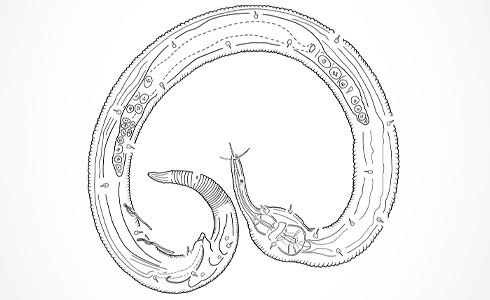
A diagram of the nematode Manuema kithara. © Zootaxa
© © ZooTaxa (http://www.mapress.com/zootaxa/)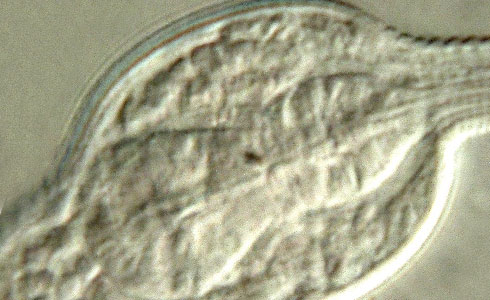
The guitar-shaped oesophageal bulb of Manunema kithara
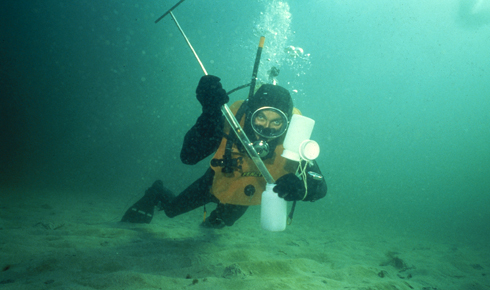
A scientist collecting nematode worms on a field trip
Author
Dr Tim Ferrero
Nematode Consultant,
Zoology Department
Toolbox
References
- Barnes, N, Ferrero, T (2009) Two new species of Manunema (Plectida: Peresianidae) from the Arabian Gulf, with notes on the phylogeny of the genus. Zootaxa 2053: 43-58.
- Vitiello, P, and de Coninck, L (1968). Peresiana annulata n. gen., n. sp., type intéressant de Desmoscolecida. Rapports et Proces Verbaux des Reunions - Commission Intérnationale pour l'Exploration Scientifique de la Mer Méditerranée 19(2): 201-204.
